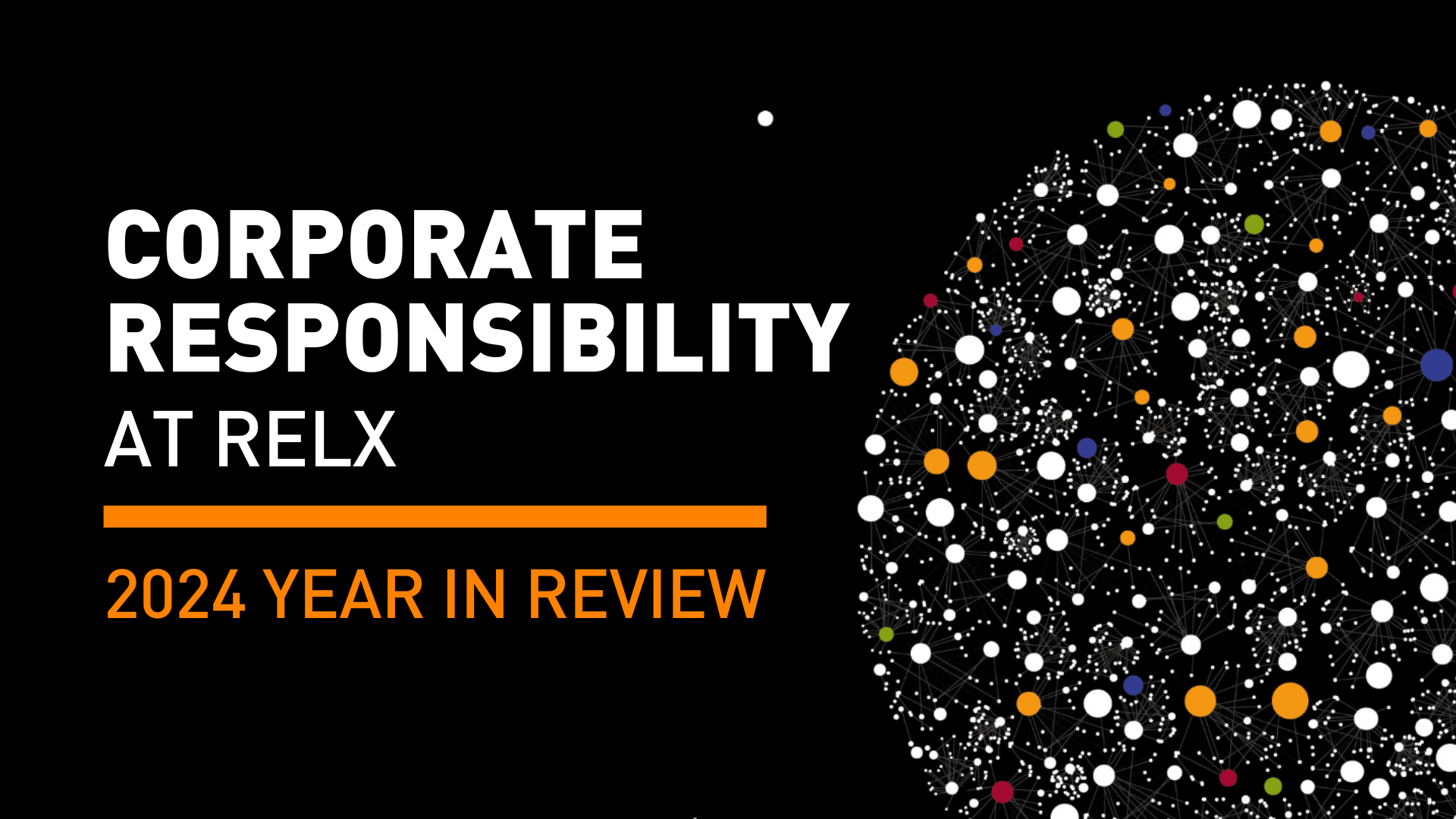Archives of Medical Research, Volume 56, Issue 3, April 2025, 103154
This study demonstrates that a community-based primary care approach, involving local stakeholders in diagnosis, planning, and implementation, can effectively identify health needs and foster community ownership, especially in vulnerable populations during health crises like COVID-19. Such participatory strategies, aligned with Bolivia’s SAFCI health model, can improve health outcomes, address social determinants, and enhance system resilience for future emergencies.
JACEP Open, 2025, 100108
This study reviews the growth and current state of the specialty of emergency medicine (EM) around the world. The 2023 World Health Assembly resolution emphasized emergency care as a cost-effective means to reduce health disparities and called for increased investment in emergency and critical care. Although EM is an increasingly recognized medical specialty, its growth faces barriers such as insufficient training programs, workforce shortages, and systemic challenges including resource shortages and burnout.
iScience, Volume 28, Issue 5, 16 May 2025, 112303
Public attitudes were assessed toward six strategies for ecological resoration and geo-engineering, with the public strongly preferring nature based solutions like reforestation.
International Journal of Hygiene and Environmental Health, 2025, 114561
This study is among the first to assess the fit of respirators designed for children. The results underscore the necessity of designing respirators tailored to children�s specific facial dimensions and demonstrate that modifications�such as adding an extra ear loop clip�can significantly improve respirator fit.
María F. Manobanda-Lisintuña, Cristina A. Villamar-Ayala,
Carbon and water footprints within an environmental laboratory: Water, energy, and packaging management strategies,
Green Analytical Chemistry,
Volume 13,
2025,
100243,
ISSN 2772-5774,
https://doi.org/10.1016/j.greeac.2025.100243.
Also in laboratories we should be critical about the amount of water, energy, and resources used. There is room for increasing efficiency and better mangement there as well. The objective of this study is to evaluate the carbon and water footprints present in an environmental laboratory..
Results in Engineering, Volume 25, March 2025
Ad Hoc Networks, Volume 168, 1 March 2025

